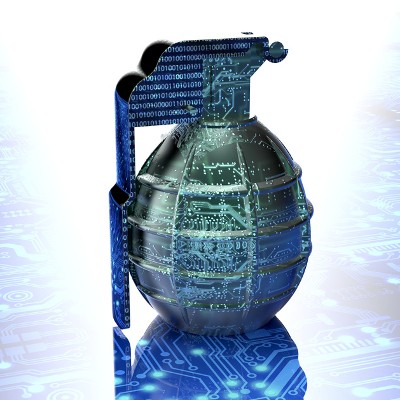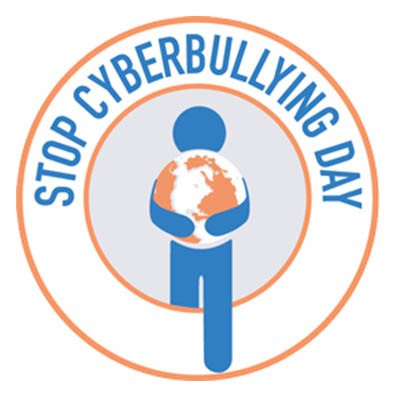We’ve all seen and heard about companies and government departments that have experienced major security and data loss events. Once the event is made public, there is a media frenzy of coverage disclosing answers to questions like: Were your records compromised? How can you protect nonpublic information in the future? What should you do if you are a victim? However, as the media focus moves to another topic, the breach becomes yesterday’s news - and there is very little coverage of what repercussions and penalties those entities that were breached faced - if any.
Telesys Voice and Data Blog
Businesses are always looking for a way to make their projects more successful. While many organizations have found success by integrating Microsoft SharePoint project collaboration software, some have found it to be a giant headache to manage, or even completely unnecessary. No matter where your business falls on this spectrum, there are some best practices in utilizing SharePoint to get the most out of the platform. Here are three considerations your team should make when you settle on SharePoint for project collaboration.
Physical security is more or less what it sounds like: security intended to protect the physical infrastructure that houses your business and your critical data. Many of the pieces of physical security will seem very familiar, even if you didn’t know the right terms for them.
Most people don’t think to try and print something out from their smartphone--particularly because it’s such a new concept. With smartphones quickly becoming just as fast as desktops from just ten years ago, it shouldn’t be such a stretch to suggest printing from them. Thanks to the cloud, you can use your Android smartphone to print something directly from the device.
If you’ve ever managed a major IT project, you’re probably well acquainted with Murphy’s Law: “Anything that can go wrong, will go wrong.” Every project is going to have some rough patches. The key to overcoming these challenges lays not with the execution of the plan, but with the preparation. Here are four things to consider when you’re planning your next long-term IT project.
Today’s businesses still require a lot of hardwork and dedication, but technology assists with day-to-day tasks, and gives more opportunities than we could otherwise imagine. As such, it needs to be in optimal shape, but what business has the time to see to that? Well, with the help of remote monitoring and management, yours does.
You might be surprised by how many of your organization’s security issues originate from within. A major contributor is user error, which can lead to some pretty severe problems reaching from your data security, to your workflow, all the way to the continuation of your business itself.
“The good old days” usually refer to times long past, where things were more simple. Businesses a few decades ago didn’t have much complex technology in their office, but nowadays organizations have multiple server units and plenty of workstations--all of which need more maintenance than ever before. What’s the best way for your organization to approach IT maintenance?
Everyone has accidentally closed an important web browser tab before they were finished with it. What can you really do about it, though? You might expect that you have to search for the page again, but there’s a much easier way to do it. In your Google Chrome browser on a PC or smartphone, you can reopen closed tabs relatively easily.
Students generally love it when classes are cancelled for whatever reason, but thanks to a cybercriminal group called TheDarkOverlord Solutions, a school in Flathead Valley, Montana was disrupted for an extended period of time. This downtime resulted in a disruption of operations for over 30 schools, as well as the threat to the personal information of countless teachers, students, and administrators due to a ransomware attack.
The holidays are a time filled with good food, visits from dear friends and family, and exchanging gifts with those you care about. However, to keep the season bright and merry, you need to be a little cautious during your next gift exchange, as many gifts can present some unexpected risks to your recipient’s security. Be mindful if you see the following items on someone’s wish list.
Microsoft Word has long since established itself as the primary word processing software in the business world, but even some power users don’t necessarily know about all of the hidden features that exist in it. Here are three of the best Word capabilities that you’ll be sure to use next time you’re in a pinch.
These days most consumers lean heavily on their payment cards. Whether they use credit cards, debit cards, or gift cards, consumers today are much more apt to use their card then they are to use cash. Why is this? Convenience mostly, but also there is a belief that using a payment card is more secure than walking around with a wad of cash in your pocket. Today, we will get to the bottom of the matter.
If you run a small business, you might consider yourself a small target of hacking attacks. It might make sense to think of it in this way, but this actually is not advisable to think of it in this way. According to a recent survey by CNBC and SurveyMonkey, only two percent of small businesses see cyber attacks as anything worth worrying about. This leads us to the next question… are you one of them?
Artificial intelligence is becoming more and more accessible to businesses of all sizes. In fact, it is swiftly becoming apparent that businesses that aren’t actively considering how to leverage AI in their processes are doing themselves a disservice.
The latest version of Android, Oreo (version 8.0), was released earlier this year. Has your phone received the update to it yet? Either way, you’ll want to know what features it has, including how it can help you get more done. Here are five of the many new additions offered by this update to Android Oreo operating system.
Data security, always an important topic, has been made even more urgent by the Equifax data breach and the fact that 143 million users had their personal information stolen after entrusting it (or not) to Equifax. You need to consider what would happen if your business were on the receiving end of a data breach, and prepare to handle this truly unpleasant circumstance.
Cybercrime is the fastest growing criminal activity in the world. From the largest enterprise to the individual, it can affect anyone, anywhere. To help ensure the cybersecurity of American citizens and their businesses, the Department of Homeland Security (DHS), United States Computer Emergency Readiness Team (CERT), and the Federal Bureau of Investigation (FBI) and other agencies work together every October to raise awareness about the threats people face online through a series of educational events and activities.
The protection of your business includes many facets. Physical security, training, and network security get most of the attention (and rightfully so), but does your business have a plan in place if those strategies fail? For the growing business, understanding that your data is an asset doesn’t have to come after you lose some. If your management team prides itself on taking proactive measures to keep business running smoothly, one element that has to be on the table is the practice of data backup and recovery.
With all of the talk about the FCC and Net Neutrality in the recent news, a lot of computer users are concerned about the amount of privacy afforded them by their Internet service providers--and rightfully so. Regardless of whether the net neutrality ruling was justified (hint: it wasn’t), users are finding that they have to take their privacy into their own hands. The easiest way to do so is with a Virtual Private Network.
Mobile? Grab this Article!
Tag Cloud



















